There's so much to say about wood that sometimes I realize I'm forgetting very familiar and interesting topics at the same time. So is the subject of this post - intarsia. We all know something about what intarsia is, but if we are to approach the subject in more detail we discover that there are also many unknowns. So I decided to tackle it.
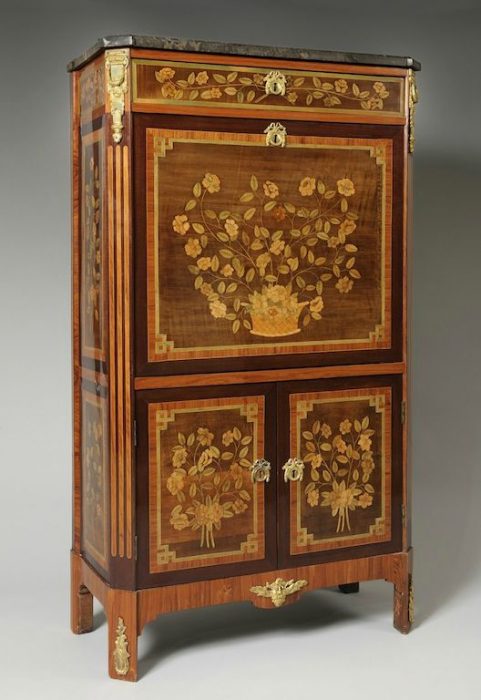
Although we associate intarsia only with wood, according to the DEX it is not limited to wood. Here we are told that it is "the technique in the ornamentation of furniture which consists of inlaying in wood plates and strips of bone, ivory, mother-of-pearl or other coloured wood". The word comes from the Latin - interserere - and means to insert, to insert.
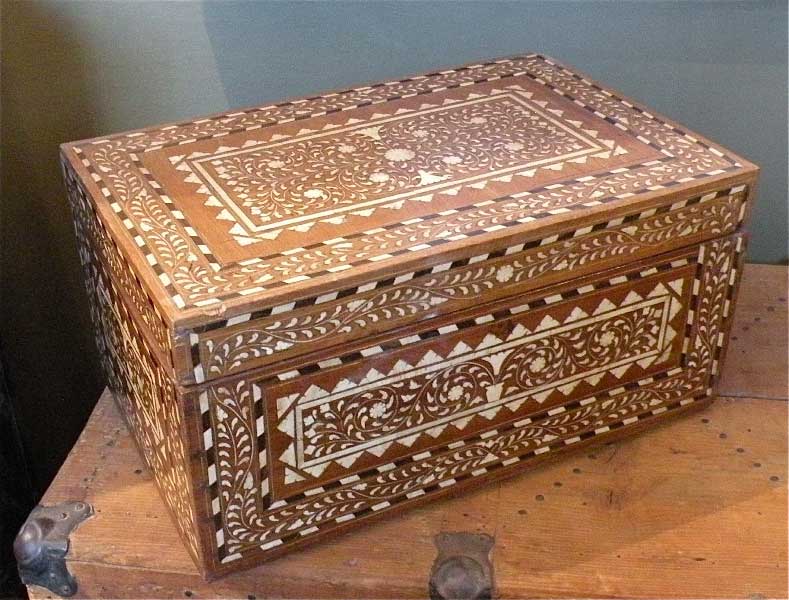
If you do a web search using the word "intarsia", the first images that come up are different from what you would expect to find. They are 3D figures or images, constructed from pieces of wood of different woods, sometimes coloured, put together to form an image.
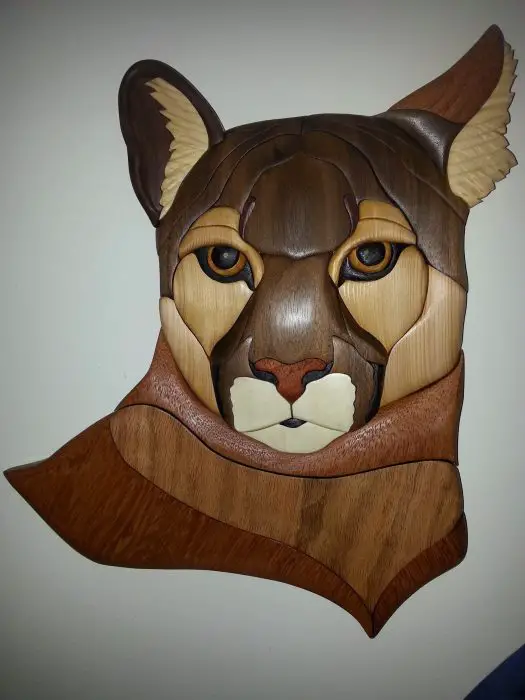
We were used to fine veneers of different essences, which were inlaid into the countertop of a table or on the doors of furniture, forming a flat design.
This is how we learn that what we call inlay is more appropriately called "inlay" or "marquetry". A slight difference would also exist between the two. Inlay refers to the inlaying of a design made of veneer (a string, a flower, etc) on a support,
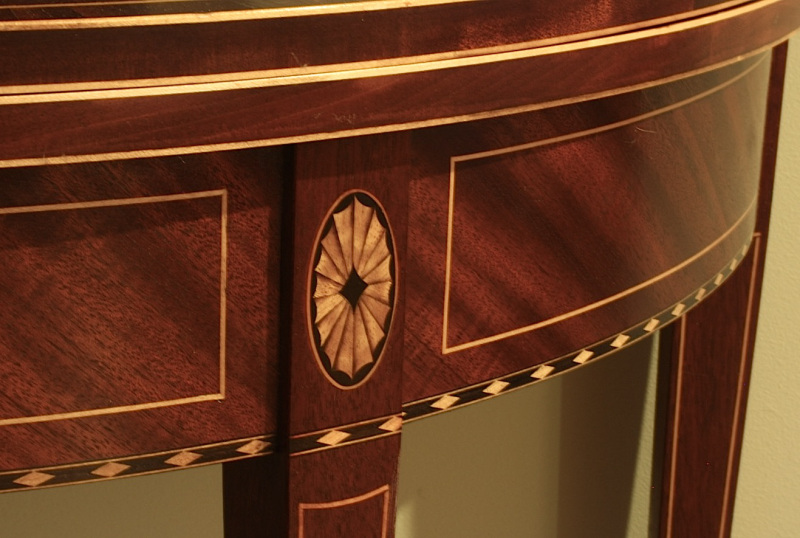
whereas marquetry is used to describe an entire stencil, pattern, design, made from pieces of veneer or wood of various woods and applied to a surface.
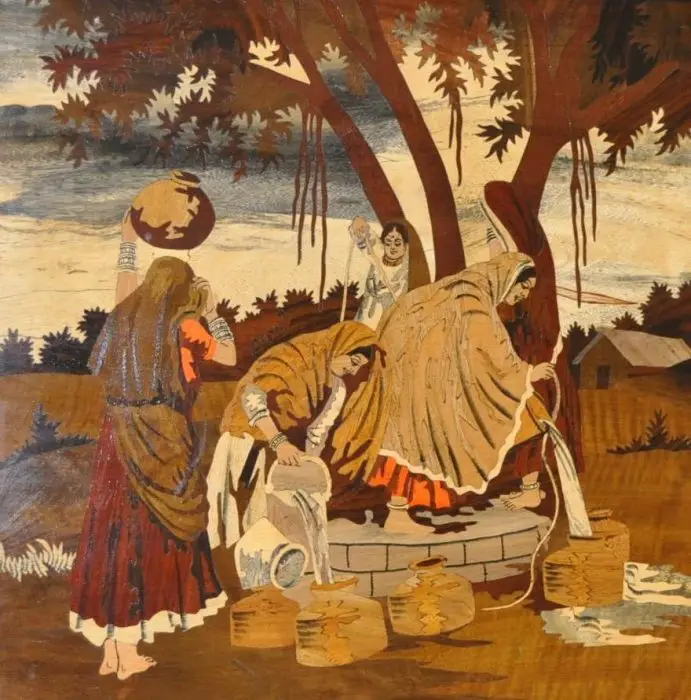
Wooden objects with inlays are mentioned since ancient times. The oldest object mentioned dates from 2600 BC and was discovered in the city of Ur in Mesopotamia. Homer, in the Odyssey, has a fragment in which Ulysses tells of Penelope's bed, made with inlaid gold, silver and ivory. In ancient Egypt, too, the pharaohs had wooden objects inlaid with gold, silver or other woods.
The art of inlay reached Europe via the south, Sicily and Andalusia, from northern Africa. The earliest records of this craft are from Sienna, Italy, where inlaid furniture has been found in churches since the 11th century. The heyday of this technique begins with the Italian Renaissance and peaks in the 17th and 18th centuries, when it was extensively used to decorate furniture and wood in the Palace of Versailles and other famous palaces in France, Germany and England.
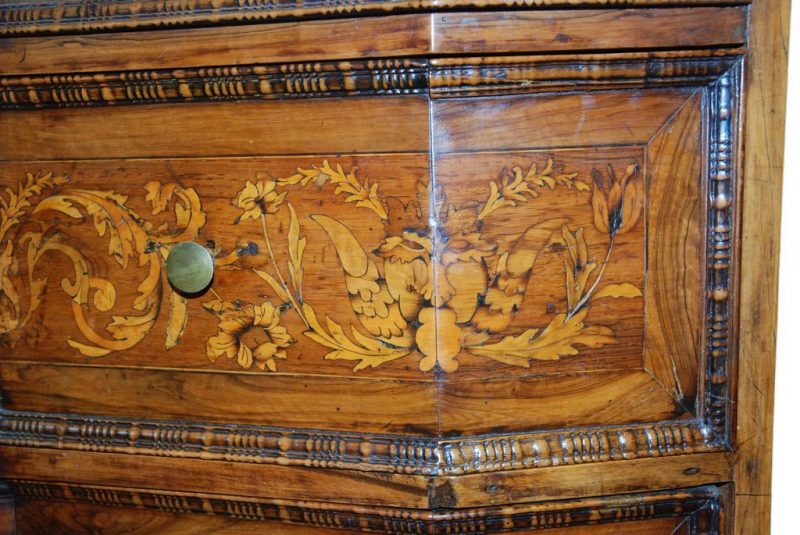
Basically, in our understanding as woodworkers, intarsia is a woodworking technique that uses different shapes, sizes and species of wood to form a design or pattern.
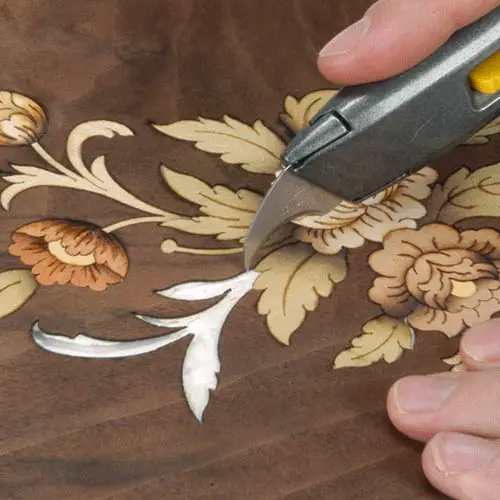
Often this design also creates the illusion of depth.
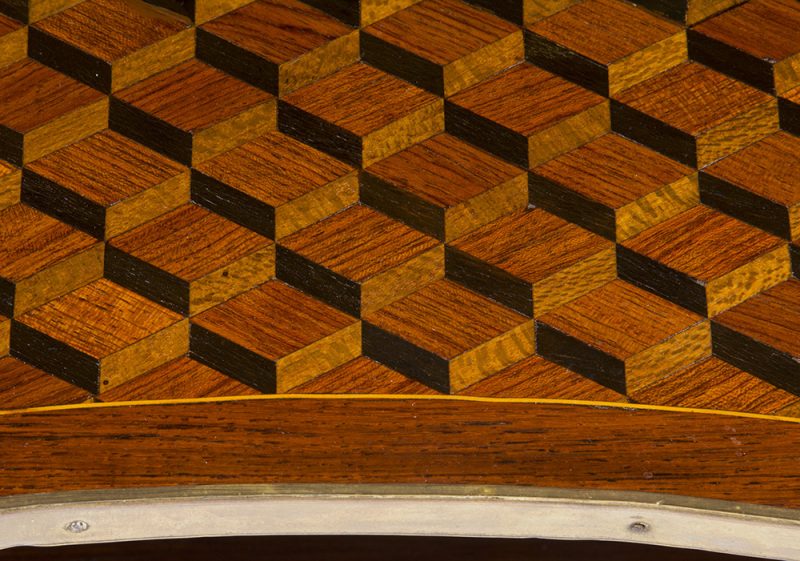
The wood veneers used must be straight grained, resistant to expansion and contraction and easy to cut and not chip. The pattern is formed by the different colour and appearance of the wood species. The wood species used vary widely in colour. The most commonly used are maple, oak, mahon, palisander, nuc, frasin, revenge, shake.
The technique has been and is used for decorating furniture, music or jewellery boxes, flooring or wall panels.
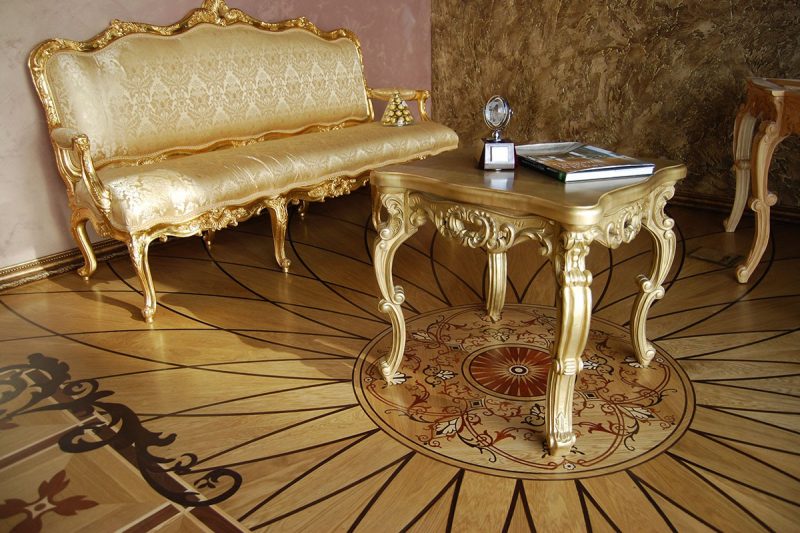
The tools with which these models are worked must be very fine and the craftsman must master the technique very well to achieve something really special.
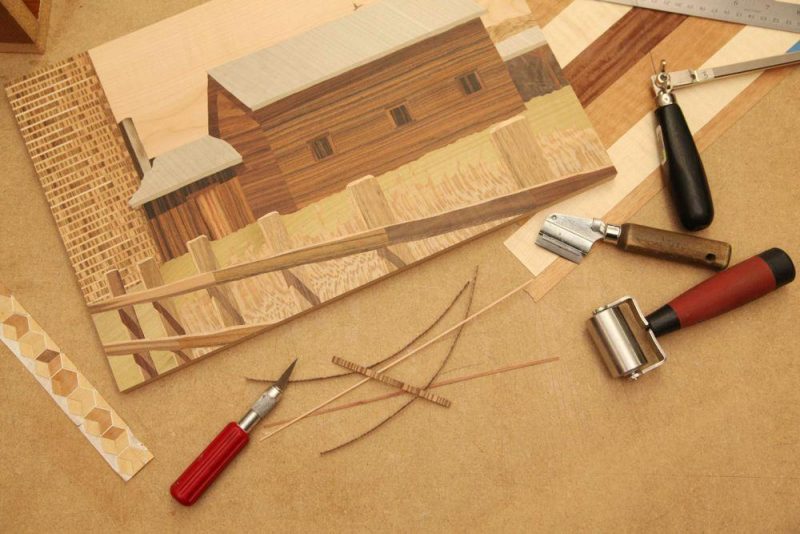
In the past, everything was done by hand, from cutting the wood to assembling, sanding and varnishing. Now, with modern equipment, everything has become easier, with fine cuts made by laser.

As a highly refined art, which always needed skilled and talented craftsmen, but also time to make the intricate designs, intarsia was used much less often after 1900 and only for expensive, luxury objects. Modern techniques have allowed a revival of the art. There are all kinds of designs (lace, flowers, birds) that can be bought ready-made. There are also templates for the hobbyist to use to make designs.
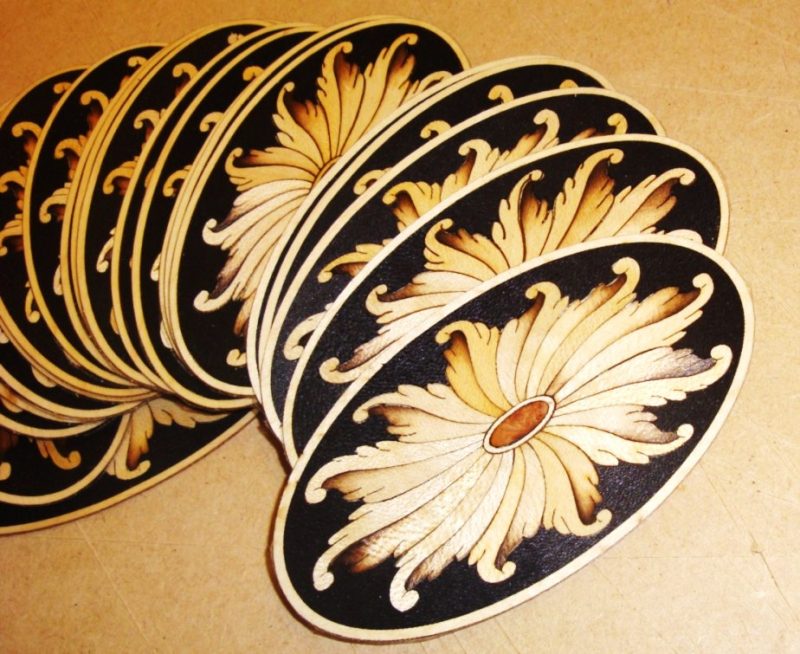
Now the most famous centre for inlaid furniture is in Italy, in Sorrento, near Naples. Here they make real works of art, known and recognised all over the world.
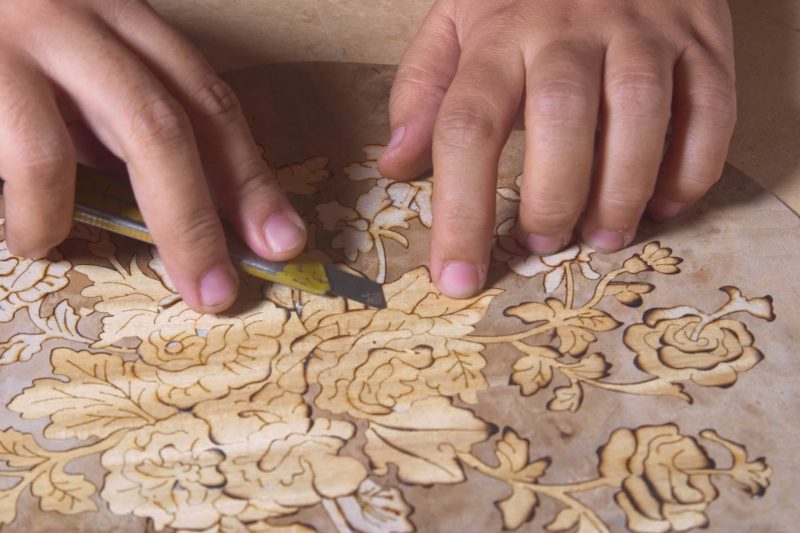


















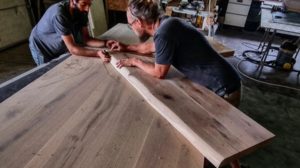




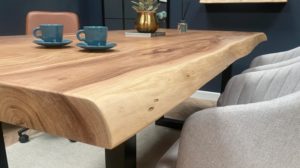



Add comment